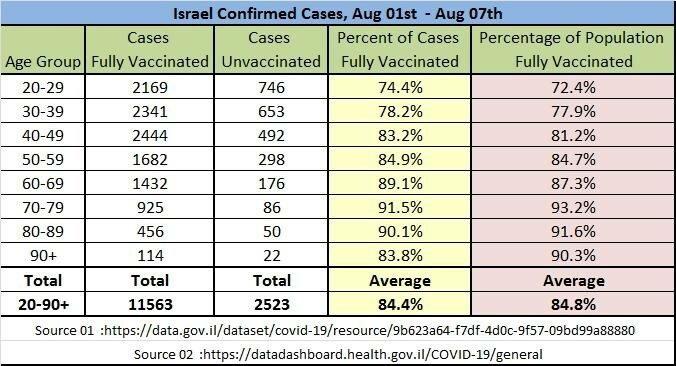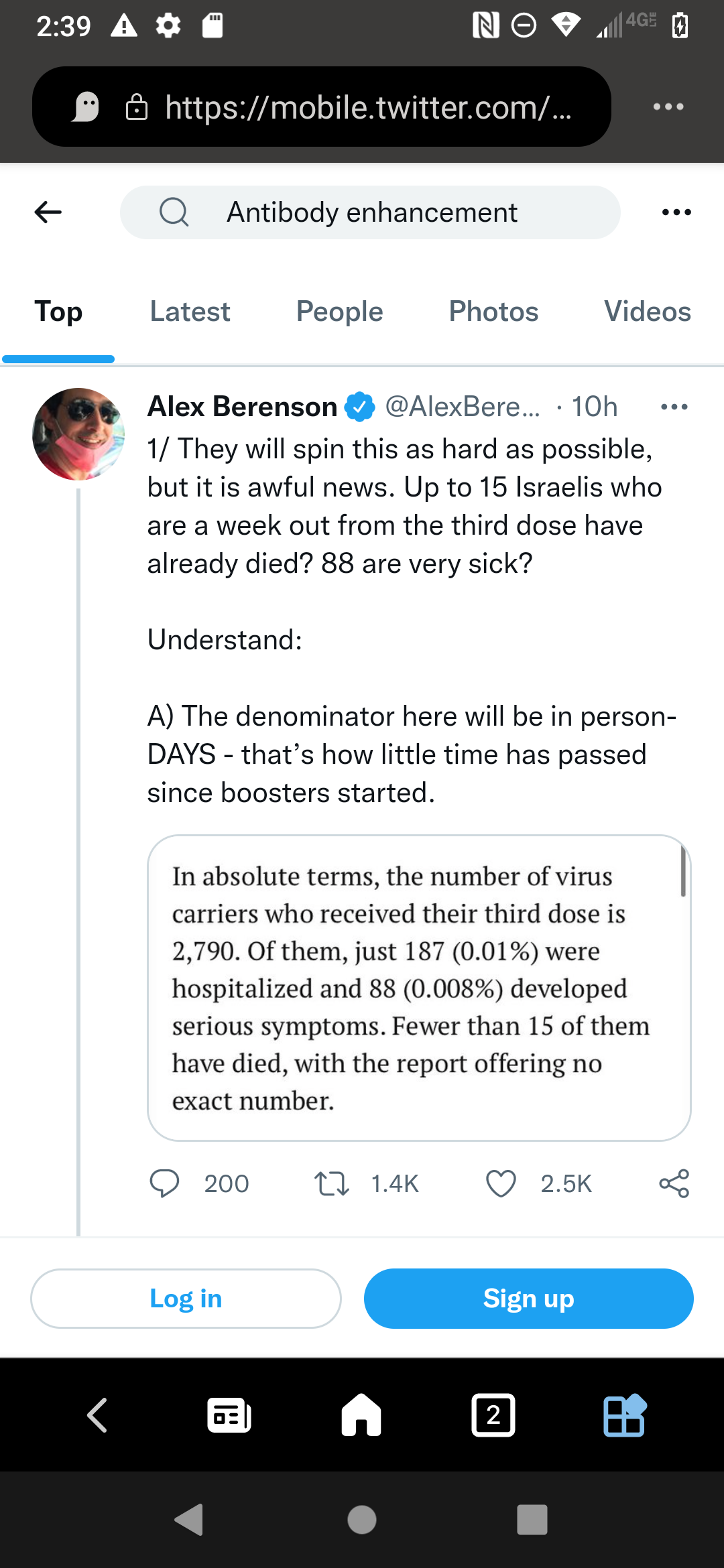Abstract
Discovered in the late-1970s, the pioneering drug ivermectin, a dihydro derivative of avermectin—originating solely from a single microorganism isolated at the Kitasato Intitute, Tokyo, Japan from Japanese soil—has had an immeasurably beneficial impact in improving the lives and welfare of billions of people throughout the world. Originally introduced as a veterinary drug, it kills a wide range of internal and external parasites in commercial livestock and companion animals. It was quickly discovered to be ideal in combating two of the world’s most devastating and disfiguring diseases which have plagued the world’s poor throughout the tropics for centuries. It is now being used free-of-charge as the sole tool in campaigns to eliminate both diseases globally. It has also been used to successfully overcome several other human diseases and new uses for it are continually being found. This paper looks in depth at the events surrounding ivermectin’s passage from being a huge success in Animal Health into its widespread use in humans, a development which has led many to describe it as a “wonder” drug.Keywords: avermectin, ivermectin, mode of action, onchocerciasis, lymphatic filariasis, drug resistance
Ivermectin, ‘Wonder drug’ from Japan: the human use perspective - PMC
Discovered in the late-1970s, the pioneering drug ivermectin, a dihydro derivative of avermectin—originating solely from a single microorganism isolated at the Kitasato Intitute, Tokyo, Japan from Japanese soil—has had an immeasurably beneficial ...
so why is the FDA trying to convince people it is just for animals? fucking cunts on the pharma payroll.
New horizons
Ivermectin has continually proved to be astonishingly safe for human use. Indeed, it is such a safe drug, with minimal side effects, that it can be administered by non-medical staff and even illiterate individuals in remote rural communities, provided that they have had some very basic, appropriate training. This fact has helped contribute to the unsurpassed beneficial impact that the drug has had on human health and welfare around the globe, especially with regard to the campaign to fight Onchocerciasis.57)Today, ivermectin is being increasingly used worldwide to combat other diseases in humans, such as Strongyloidiasis (which infects some 35 million each year), scabies (which causes 300 million cases annually), Pediculosis, Gnathostomiasis and Myiasis—and new and promising properties and uses for ivermectin and other avermectin derivatives are continuing to be found.58) These include activity against another neglected tropical disease, Leishmaniasis.59,60) Of perhaps even greater significance is the evidence that the use of ivermectin has both direct and indirect beneficial impact on improving community health
Last edited:




























